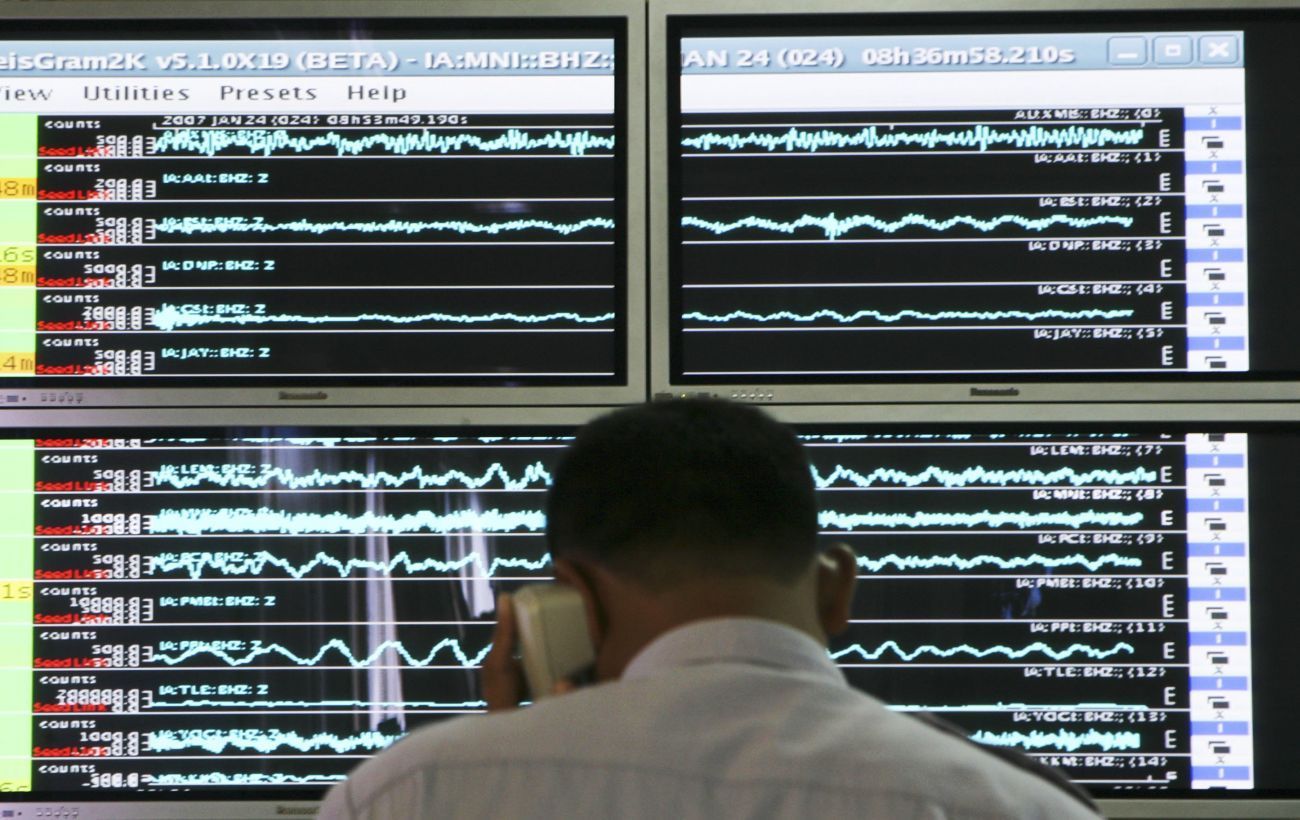The US Congress agreed, Tuesday, October 12, to temporarily raise the debt ceiling of the United States until the end of the year. This vote offers a respite to the world’s largest economy, before a new political battle that promises to be fierce to avoid a default.
Thanks to the sole support of elected Democrats (219 votes against 206, all Republican), the House of Representatives adopted a measure which provides for raising the debt limit of the United States by 480 billion dollars (approximately 415 million euros). ). Already approved by the Senate last week, this text will be sent immediately to Joe Biden, who will promulgate it as soon as possible, according to the White House.
This will allow the country to honor its payments until December, or even the very beginning of 2022, removing the prospect of a default with catastrophic consequences for the world’s largest economy and the rest of the world. If this measure had not been adopted, the country could have found itself in bankruptcy as of October 18, had warned the Treasury.
Republicans refuse to give Biden a blank check
Its adoption was the subject of an intense standoff in the Senate, which finally approved this temporary solution on Thursday, thanks to the very narrow Democratic majority.
“We cannot allow partisan politics to hold our economy hostage, and we cannot allow the routine of paying our bills to turn into a political showdown, undermining confidence, every two years or every two months.”, had thundered White House spokeswoman Jen Psaki in the face of Republican opposition.
They refuse to approve any long-term measure to raise the debt ceiling, because they claim that this would amount to giving Joe Biden a blank check to finance his vast investment plans. These plans have yet to be passed by Congress, however, so raising the debt limit serves to repay sums already borrowed, including trillions of dollars spent under the Trump presidency.
Senate Republican Leader Mitch McConnell is now urging Democrats to reach – on their own – a lasting solution by December through a complex legislative path. But the camp of the president, Joe Biden, refuses so far to use this maneuver “Too risky” for the debt.
The fear of a “shock wave”
The text approved on Tuesday therefore only postpones until the end of November a parliamentary battle that promises to be epic over the finances of the United States. This showdown in Congress will be all the more tense since it will be done at the same time as the negotiations to approve a new budget before December 3.
If the parliamentarians do not reach an agreement before this date, the funding of the federal State will suddenly be cut (the shutdown), pushing hundreds of thousands of employees into technical unemployment. The high probability that the United States will return to the same financial uncertainty between now and December is far from reassuring the institutions and the markets.
Democratic House Speaker Nancy Pelosi warned Tuesday: if the debt ceiling is not raised in a more sustainable way, the impact will be ” huge “ and the United States would know in particular “A loss of six million jobs”.
“Failure to pay would send shock waves through global financial markets”, she argued. The Democratic leader was asked about the idea of extracting the decision to raise the debt ceiling from political battles by transferring that authority from Congress to the Treasury.
“It seems to appeal to some on both sides of the hemicycle”, she replied. But such a reform would be very difficult to be approved by the current Congress.
–


